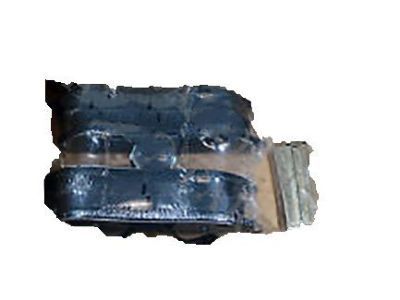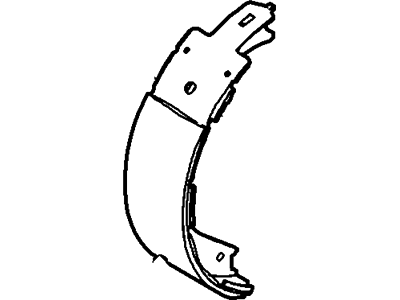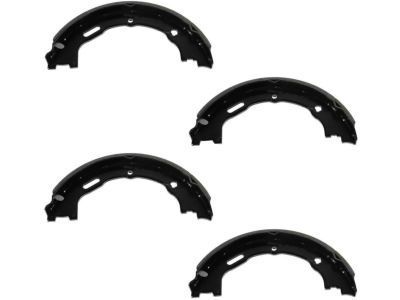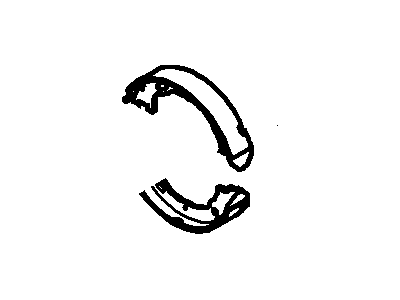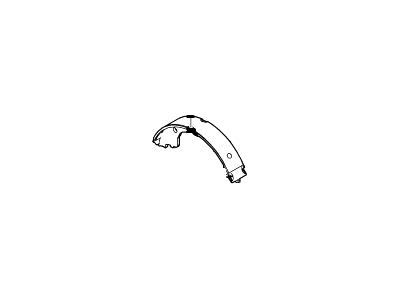

My Garage
My Account
Cart
Genuine Ford Ranger Parking Brake Shoe
Emergency Parking Brake Shoe- Select Vehicle by Model
- Select Vehicle by VIN
Select Vehicle by Model
orMake
Model
Year
Select Vehicle by VIN
For the most accurate results, select vehicle by your VIN (Vehicle Identification Number).
4 Parking Brake Shoes found
Ford Ranger Parking Brake Shoe
The Parking Brake Shoe in Ford Ranger is quite important as its main duty is to hold the wheels when the car is parked. This is through the use of brake lining that fits against the drum wall so as to prevent any rotation of the wheel in the times that the parking brake is applied. Through the years, there creations in Parking Brake Shoe models in the Ford Ranger with focus on improving potency and durability. The only difference between all these types is the structure and the material that is used to make them and all these have an impact on the performance and longevity of the braking system.
We provide a wide range of Ford Ranger Parking Brake Shoe at the best prices possible. If you need Ford Ranger Parking Brake Shoe, you can shop with confidence on our website. All our OEM parts come with a manufacturer's warranty and are delivered to your door step with a fast delivery service.
Ford Ranger Parking Brake Shoe Parts Questions & Experts Answers
- Q: How do you replace the rear parking brake shoes on 2010 Ford Ranger?A:Block the front wheels and release the parking brake. Loosen the rear wheel lug nuts, raise the rear of the vehicle, and securely support the rear axle on jackstands before removing the rear wheels. Remove the rear disc brake pads. If the removal of the rear brake disc is hindered by the parking brake shoes, take out the rubber dust plug on the back of the anchor plate and use a brake tool to back off the shoe adjuster mechanism until the disc can be removed. Use needle-nose locking pliers to take off the shoe return springs and adjusting spring, utilizing small locking pliers for the adjusting spring and shoe return spring. Depress the shoe hold-down springs while rotating and removing the shoe hold-down pins from behind, working on only one side of the vehicle at a time until the shoes on that side are replaced. Remove the actuator and press the two shoes together to disconnect the Parking Brake Cable eye. Take out the parking brake shoe hold-down springs and the old shoes. Examine the condition of the brake disc, including the inner surface where the rear parking brake shoes make contact; if there are hard spots or minor grooving, have the disc resurfaced at a brake service shop, and if the disc is worn beyond the thickness cast into it, replace both rear discs. Installation follows the reverse of the removal procedure; once the rear brakes are assembled, connect the left and right parking brake cables and adjust the shoes with a brake tool inserted through the adjustment hole on the backside of the assembly, then reinsert the rubber plug to prevent dirt or moisture entry.
